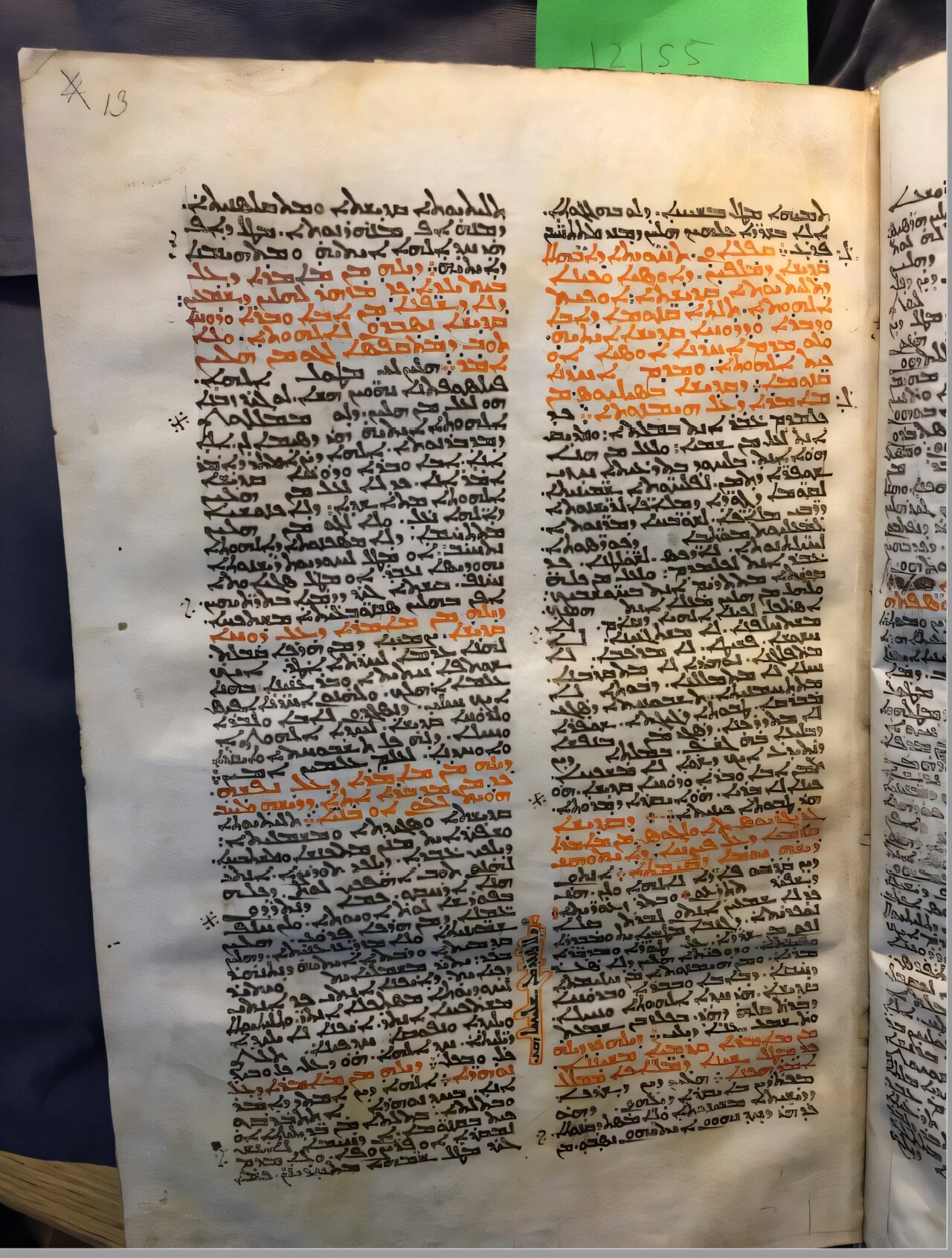
Revealing the Hidden Voices: How Digital Tools Uncover the Art of Excerpting in Syriac Manuscripts
A new study analyzes nearly 1,000 Syriac manuscripts from the British Library using digital tools, focusing on how scribes and editors selected and rearranged parts of texts—a practice known as excerpting. Researcher Noam Maeir introduces a new measurement called Excerpts Per Manuscript (EPM) to quantify how often this occurred. This approach reveals that those who copied and compiled these manuscripts were not merely preserving texts; they were actively shaping what future generations would read and remember.
By highlighting these editorial choices, the study shifts attention away from authors alone and shows that scribes played a crucial role in organizing knowledge, adapting texts for new purposes, and influencing the development of Syriac literary culture over time. Published in PLOS ONE, the research employs computational tools to analyze nearly 1,000 manuscripts from the British Library, offering a fresh perspective on how these texts were assembled, compiled, and transmitted over centuries.
Focusing on the practice of excerpting—the act of selecting and rearranging textual passages—the study examines nearly 20,000 excerpts identified in the digitized catalog of Syriac manuscripts. Maeir used EPM to quantify how frequently scribes, compilers, and other non-authorial agents engaged in excerpting. This approach shifts attention from traditional author-centered interpretations to a broader view of manuscript culture shaped by multiple contributors over time.
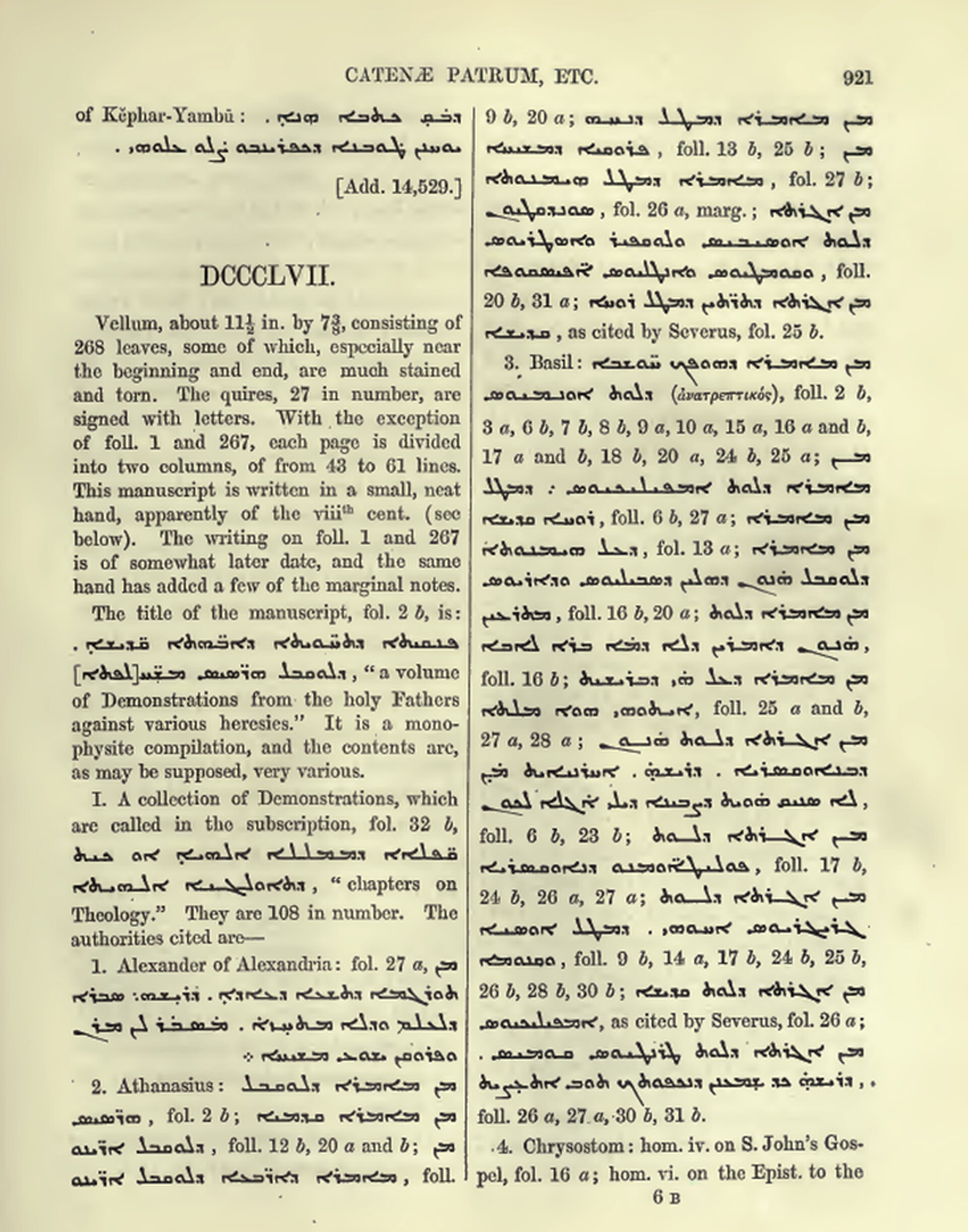
The analysis reveals that while the majority of manuscripts include fewer than 20 excerpts, a smaller group—produced primarily between the 6th and 9th centuries CE—displays a much denser pattern of excerpting, with some containing hundreds or even over a thousand excerpts. These manuscripts span several genres, including theology, liturgy, and historiography, suggesting that excerpting was a widespread and culturally significant activity.
“Rather than viewing these manuscripts solely as vessels for preserving ancient texts, this study treats them as cultural objects in their own right—ones that reflect editorial choices, intellectual trends, and changing modes of organizing knowledge,” Maeir explained. “The high-EPM manuscripts in particular stand out as centers of literary activity and may serve as important case studies for future research.”
Maeir’s methodology draws on digital humanities techniques, particularly distant reading, which enables the analysis of large bodies of textual data without relying solely on traditional classifications like genre or period. This allows for new ways of mapping cultural practices across time and literary traditions. The study also highlights the benefits—and challenges—of working with digitized legacy catalogs. While the British Library’s 19th-century Syriac manuscript catalog remains an essential resource, its author-oriented structure often obscures non-authorial interventions. The digitization and tagging work done by Syriaca.org made it possible to reframe this data in ways that support material philology and the study of editorial practices.
Hebrew University established a dedicated digital humanities center four years ago, providing computational support to humanities researchers at the university and integrating advanced digital tools to explore and enhance humanistic research.
DOI: 10.1371/journal.pone.0320265
Cover Photo: An image of a folio (a page) from a 9th century CE Syriac manuscript from the British Library, providing a good example of the practice of excerpting, one of the non-authorial literary practices that are studied in material philology. Credit: British Library, London.
You may also like
- Discovery in Romania Reshapes History of Ancient Dacian Presence
- New Study: Climate Change May Have Played a Role in the Fall of the Roman Empire
- The Dazzling Treasure of Kibyra: The Medusa Mosaic Reopens to Visitors
- Stunning 2,500-Year-Old Settlement Discovered in North Macedonia
- The 2000-Year-Old Anisa Tablet Found in Kültepe Shows That Greek Was Spoken in Anatolia at That Time
- Revealing the Hidden Voices: How Digital Tools Uncover the Art of Excerpting in Syriac Manuscripts
- Scientists Claim Ancient Cymbals Found in Oman Prove Bronze Age Social and Cultural Interactions
- Roman Settlement Discovered in Delbrück-Bentfeld, Germania
- Palmyra Ancient City, Severely Damaged in the Syrian Civil War, is Being Revisited
- Restoration Work at Persepolis Resumes
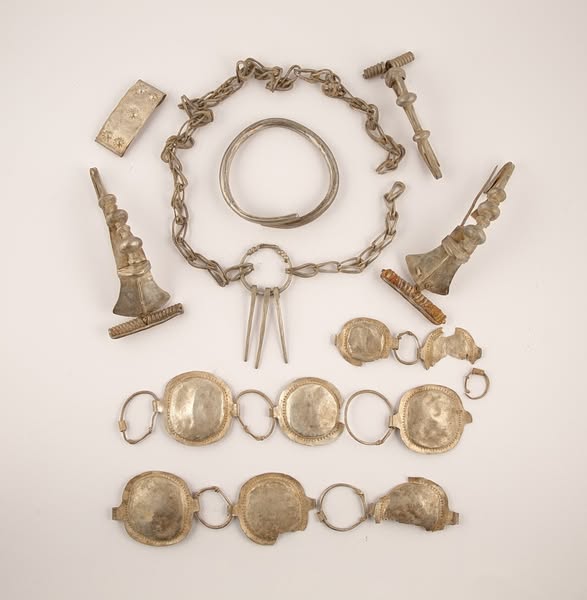

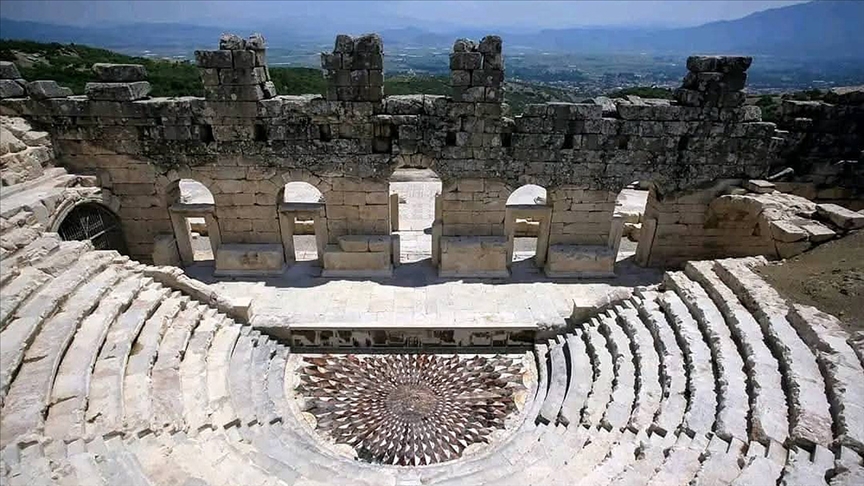
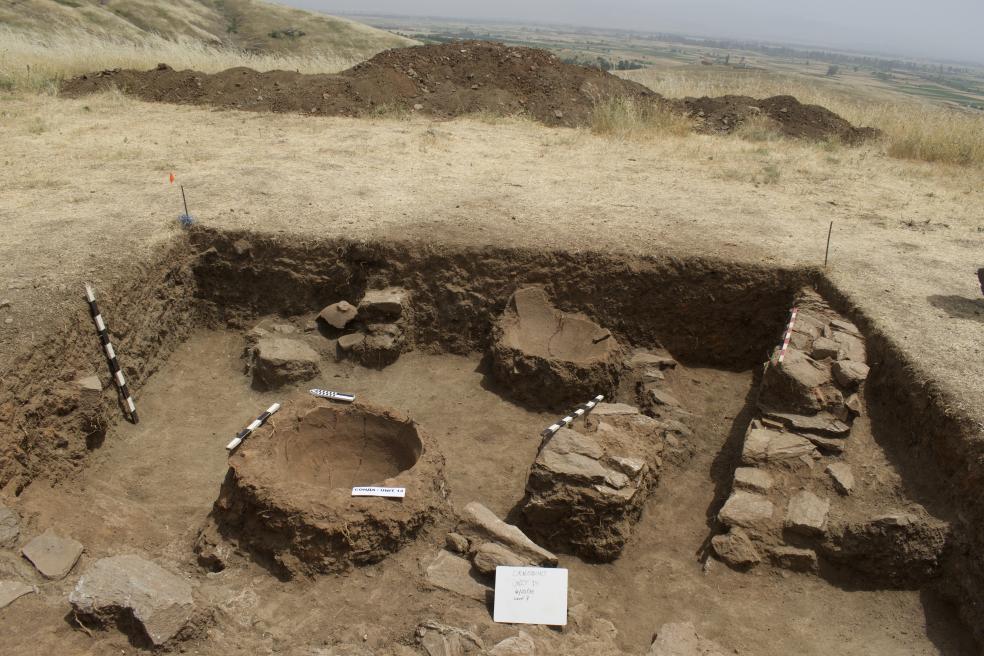
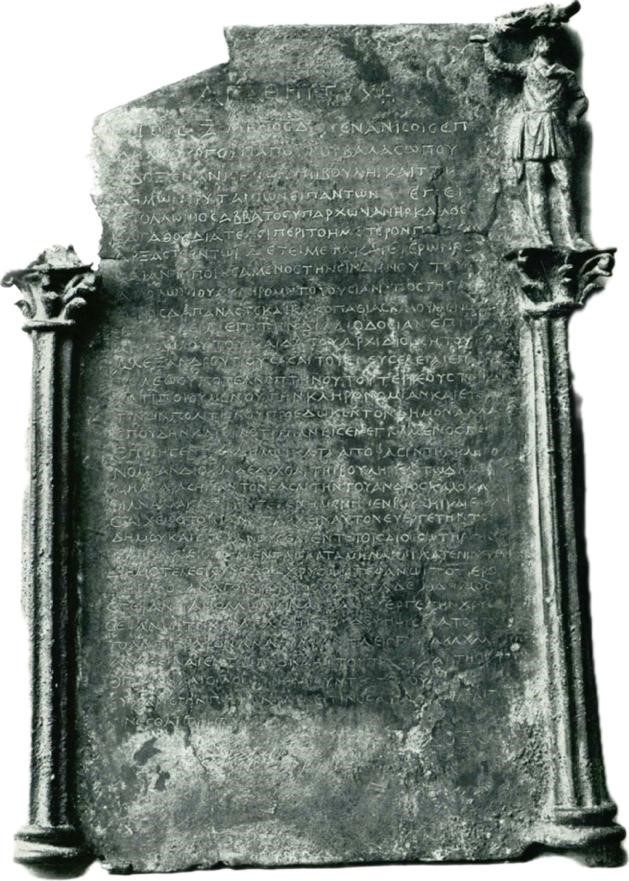
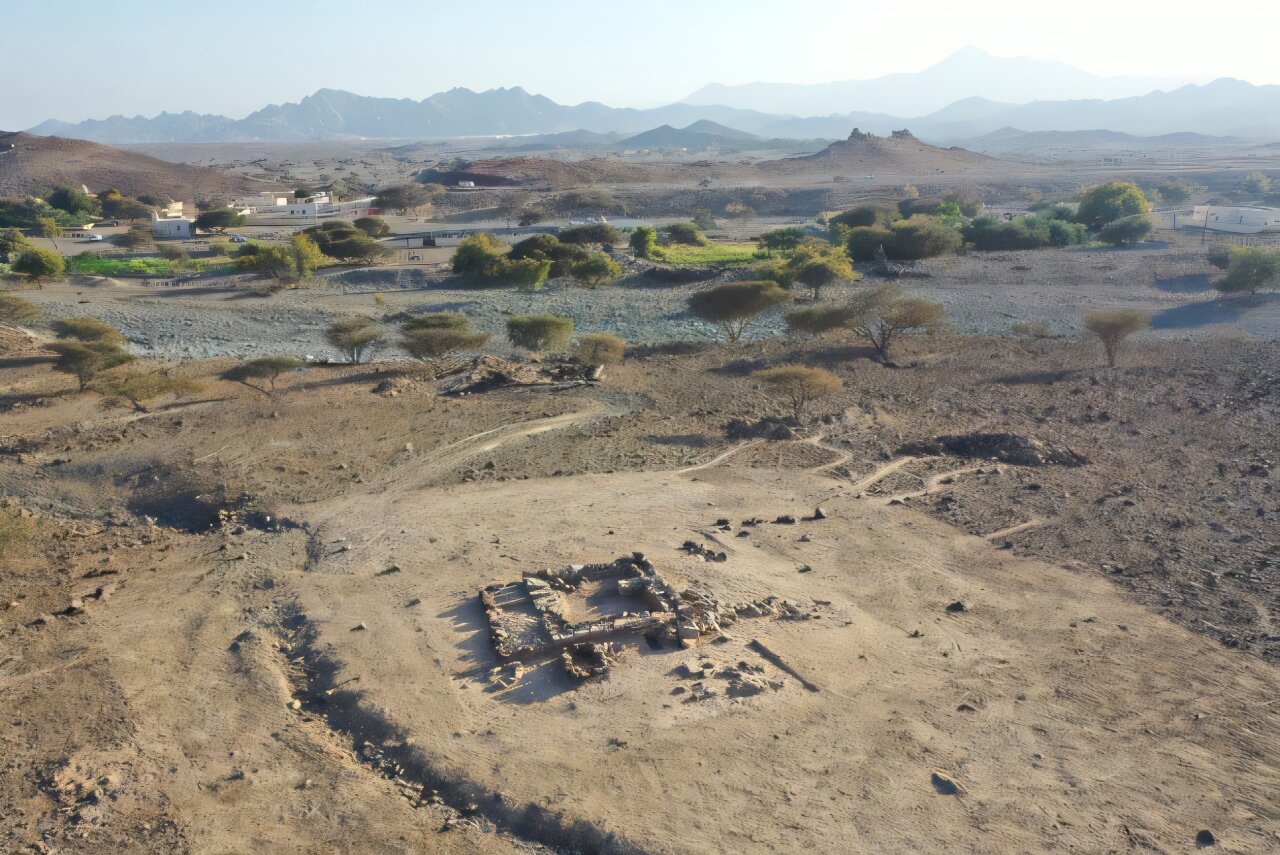
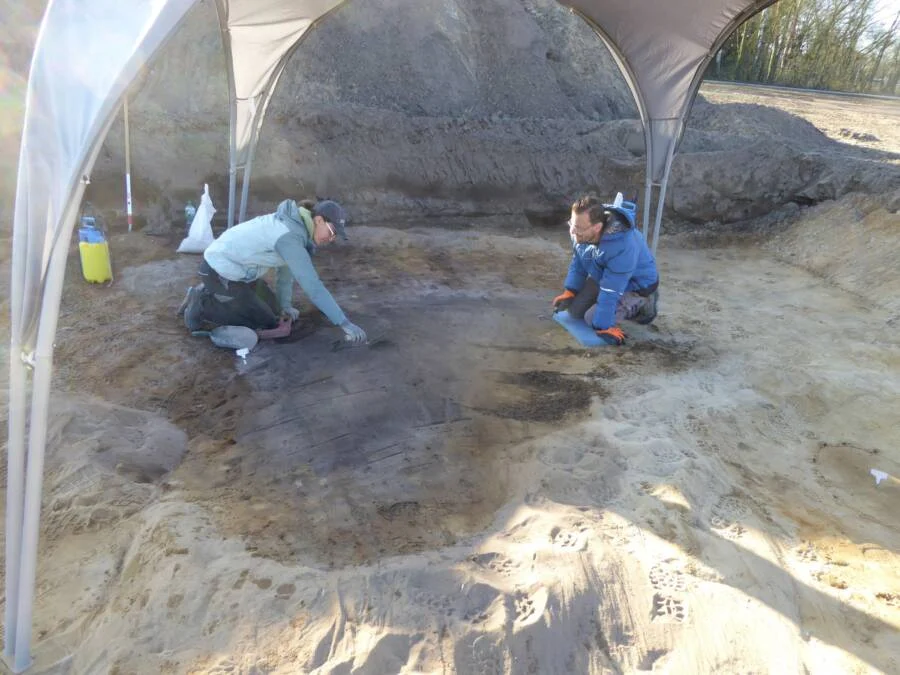
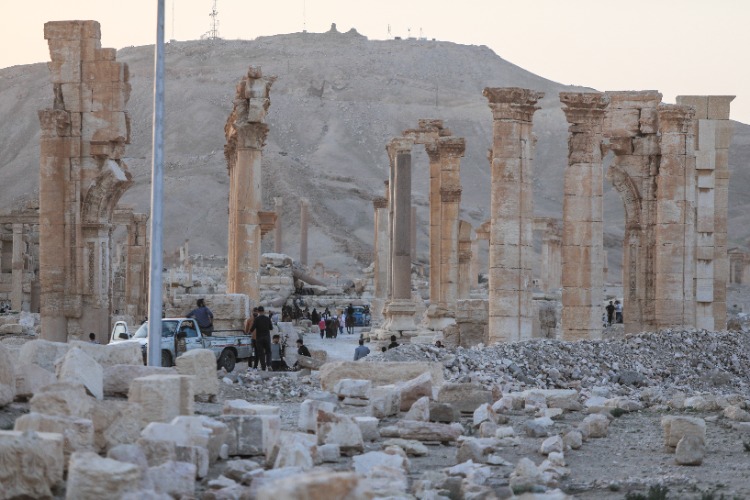
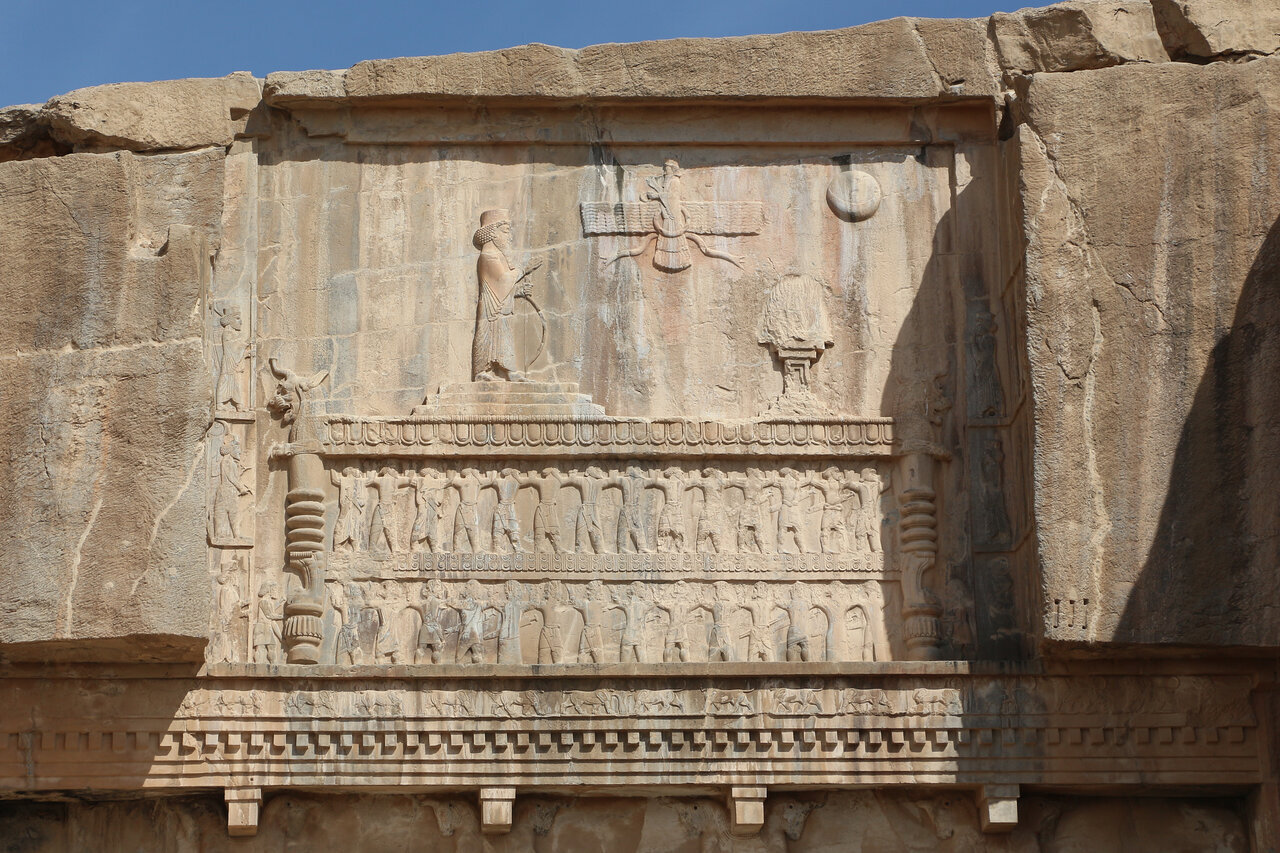
Leave a Reply